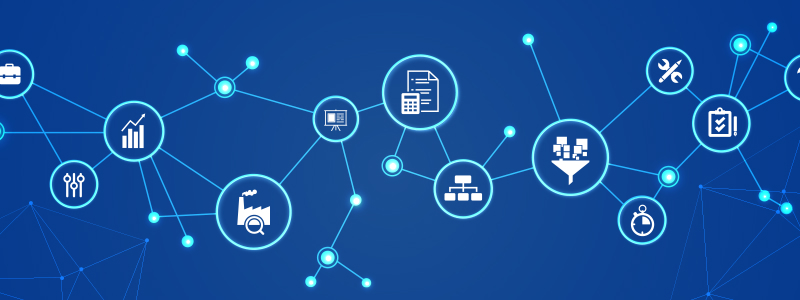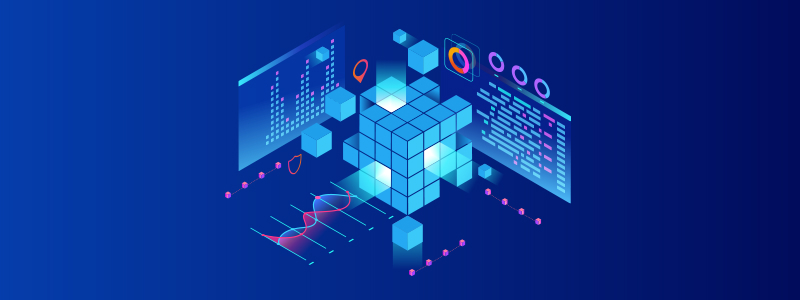
The Underwriting Evolution in the Insurance Industry
Many industries have gone through digital transformations in recent years. Yet the risk-averse insurance industry remains a curious outlier to this evolution. Indeed, the industry is playing catch up to many others primarily due to its reliance on legacy systems that are hard to get rid of. Regardless, insurance has made some strides towards digital transformation in one of its primary processes – underwriting. As the sector embraces modern technologies, the underwriting process has changed for the better.
Let us discover how AI is revolutionizing the process of underwriting, and what the future of the Insurance Industry could potentially look like.
What is Insurance Underwriting?
In the insurance industry, underwriting refers to evaluating the risk involved in providing coverage to a potential client. At the end of the day, all insurance firms are for-profit organizations, and underwriting helps them determine whether providing coverage to a particular client would be profitable or not. Insurance firms need to know the amount of risk they are undertaking when they decide to provide coverage to a client. They also need to know the probability of something going wrong and them having to pay the claim. After analyzing the amount of risk involved, insurance companies come up with insurance premiums that they charge in exchange for taking on the risk. For example, if a smoker wants medical insurance, the underwriter’s job is to determine the appropriate premium to be charged. While underwriting has always been a key part of providing insurance, technology is changing the way it is done.
Traditional Underwriting
Underwriting has always been one of the most underserved areas in the insurance industry from a technological perspective; underwriters have always had to manually wrangle data from disparate sources into spreadsheets to assess the risk that different clients and situations present and thereby make appropriate coverage and pricing decisions. Given the complex nature of different datasets that underwriters must access and integrate, traditional underwriting has always been highly inefficient. The Insurance Industry has been conservative, and hesitant in adopting modern technologies in the past. Several factors have contributed to this slow adoption of technology including the prevalence of legacy systems, paper-based processes, risk averse tendencies, etc. However, contemporary insurance firms have started to realize the crucial role that AI can play in their operations.
Entering the Age of Automated Underwriting
Automated insurance underwriting is the process where insurance companies make use of AI driven expert systems to facilitate more efficient underwriting. These expert systems, which have been prevalent for a while now, contain thousands of hard-coded underwriting rules to evaluate the risk associated with providing coverage to different consumers. With rapid technological advancements, these expert systems are becoming increasingly sophisticated as they use machine learning algorithms to learn new patterns of risk information. Moreover, insurance firms are also leveraging big data to develop systems to deal with novel problems associated with risk assessment.
In coming years, we might see a complete shift of the insurance underwriting pen from humans to machines. Soon, there might be no need for human intervention in the underwriting process. However, there is still some time in this becoming a reality. AI has not been fully incorporated in underwriting just yet; there are still cases where AI is not yet able to make the final decision. For example: cases involving complex medical histories.

While it is true that there is some way to go before AI becomes advanced enough to assess the risks involved in very complex cases on its own, the advancements in data science have greatly facilitated the process of underwriting. For example, one challenge that insurance firms face is to extract relevant data from very lengthy reports and then to integrate this data so that underwriters can make appropriate pricing decisions. This requires a lot of manual effort and is very time-consuming. But with recent developments in the field of data management, insurance companies can now leverage tools like ReportMiner for extracting relevant data. Making use of NLP and OCR technologies, ReportMiner can help insurance firms in extracting and filtering specific data from thousands of pages of medical reports and thereby eliminating human errors and saving valuable time.
Transform Underwriting with Astera’s AI-Driven Data Extraction
Discover how Astera ReportMiner revolutionizes the underwriting process by leveraging AI technologies to extract relevant data from complex reports.
Schedule a DemoWhat does the underwriting future look like?
The evolution of big data coupled with the rapid growth in AI has enabled insurers to assess and quantify risk with exceptional levels of accuracy. Given the wide variety of digital data available about the consumer, such as their medical records and their credit history, it can be concluded that underwriting is on the brink of complete digital transformation
Moreover, recent developments in technology have meant that insurers may now create new underwriting models that are tailored to each customer’s needs and updated in real-time. Some companies have even started using wearable technology to determine a client’s level of fitness and use it to adjust the cost of their life and health insurance. AI and data science are changing the entire outlook of underwriting; not only is the way of underwriting changing, but technology is also affecting who holds the underwriting pen. Although the idea of machines being able to think like underwriters is a bit far-fetched, intelligent AI powered risk assessment tools have already become extremely advanced, and they might soon be able to outperform underwriters in evaluating risks.
Conclusion
The insurance industry might show some resistance to the idea of the underwriting pen changing hands. Underwriters regard risk assessment as a valuable skill. It is the most important part of their jobs, and they will not be willing to be substituted by machines. However, we might see insurers outsourcing portions of their risk assessments, like how the banking sector relies on third-party agencies for credit ratings. The extent to which the insurance industry will be automated in the future is still uncertain but considering the leaps that AI is taking, anything is possible; we might soon be living in a world where intelligent machines do all the underwriting.



